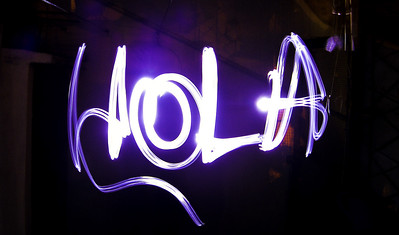Understanding the distinction between formal and informal greetings is crucial in Spanish-speaking cultures, as it helps in navigating social interactions appropriately. Here’s a breakdown of formal and informal greetings, along with cultural notes and examples.
Formal Greetings
Formal greetings are used in situations where respect and politeness are required. They are typically employed in professional settings, with people you don’t know well, or when addressing someone of higher status or older age.
Examples
- ¿Cómo está usted? (KOH-moh es-TAH oos-TEHD?) – “How are you?” (formal)
- Response: Estoy bien, gracias. ¿Y usted? (Es-TOY byen, GRAH-syahs. Ee oos-TEHD?) – “I’m fine, thank you. And you?”
- Buenos días (BWEH-nohs DEE-ahs) – “Good morning” (used until around noon)
- Usage: Greeting someone in a professional setting or addressing an elder.
- Buenas tardes (BWEH-nahs TAR-dess) – “Good afternoon” (from noon until around 8 PM)
- Usage: Common in formal meetings or when meeting someone for the first time in the afternoon.
- Buenas noches (BWEH-nahs NOH-chess) – “Good evening” or “Good night” (from around 8 PM onwards)
- Usage: When greeting someone in the evening or when parting ways late in the day.
- Mucho gusto (MOO-choh GOOS-toh) – “Nice to meet you”
- Response: El gusto es mío. (El GOOS-toh es MEE-oh.) – “The pleasure is mine.”
Cultural Note
In many Spanish-speaking countries, using formal greetings demonstrates respect and acknowledges social hierarchies. It’s important to address people formally until invited to use a more informal tone.
Informal Greetings
Informal greetings are used among friends, family, and people of the same age or status. They reflect a relaxed and casual interaction and are appropriate for everyday conversations.
Examples
- ¿Cómo estás? (KOH-moh eh-STAHS?) – “How are you?” (informal)
- Response: Bien, gracias. ¿Y tú? (Byen, GRAH-syahs. Ee too?) – “Good, thank you. And you?”
- ¿Qué tal? (Keh tahl?) – “How’s it going?” or “What’s up?”
- Response: Todo bien, gracias. (TOH-doh byen, GRAH-syahs.) – “Everything’s good, thanks.”
- ¿Qué pasa? (Keh PAH-sah?) – “What’s happening?” or “What’s up?”
- Response: Nada mucho. (NAH-dah MOO-choh.) – “Not much.”
- Hola (OH-lah) – “Hello” or “Hi” – can be used at any time of day and in both casual and semi-formal settings.
- Chao (chow) – “Bye” (informal) – used among friends and family.
Cultural Note
Informal greetings are a sign of familiarity and closeness. Using them in a relaxed environment can foster a sense of camaraderie. However, it’s essential to gauge the level of formality required based on the context and the relationship with the person you’re addressing.
Formal Setting Example:
Situation: Meeting a new client at a business meeting.
- You: “Buenos días, señor Pérez. ¿Cómo está usted?”
- Client: “Buenos días. Estoy bien, gracias. ¿Y usted?”
- You: “Estoy bien, gracias.”
Informal Setting Example:
Situation: Greeting a friend at a café.
- You: “¡Hola, Juan! ¿Qué tal?”
- Friend: “¡Hola! Todo bien, ¿y tú?”
Understanding these distinctions and using the appropriate type of greeting helps in maintaining respectful and effective communication in various social and professional contexts.
Click here to find a lesson in printables. “saludos y expressiones”
